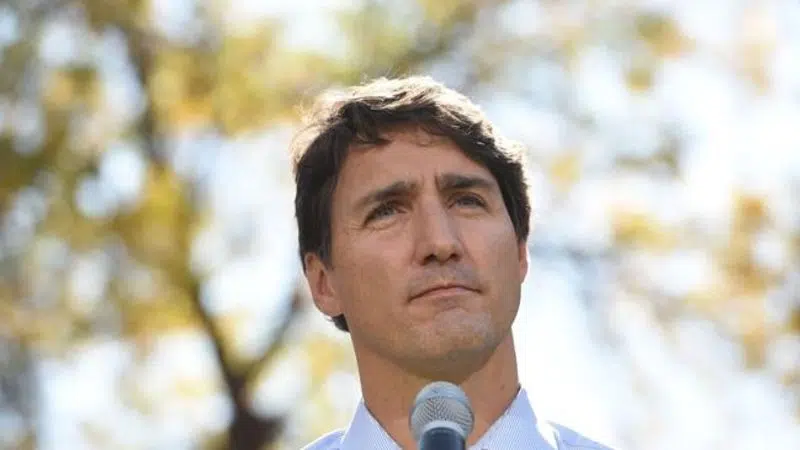
Justin Trudeau’s painful blackface past a teachable moment: observers
TORONTO — The image of a smiling Justin Trudeau in a turban and dark makeup is unquestionably offensive, but law professor and former Ontario human rights commissioner Errol Mendes says the rest of the bombshell photo is more telling — a row of smiling friends, arm-in-arm with Trudeau, seemingly unfazed by the overt racism.
“(It’s a) classic example of what we in the anti-discrimination legal and academic community call unconscious racism,” Mendes says Thursday from his University of Ottawa office. “And that is the reason why it’s not staggering — because it happens every single day, in every single place.”
The astonishing image is among several that have emerged depicting the Liberal leader in blackface, beginning with the 2001 photo published by Time magazine in which the then-29-year-old can be seen in an Aladdin costume with his hands, face and neck darkened.
When confronted by media covering his federal election bid Thursday, Trudeau acknowledged and apologized for the incident, in which he dressed up for a theme party at the private school where he was teaching at the time.


